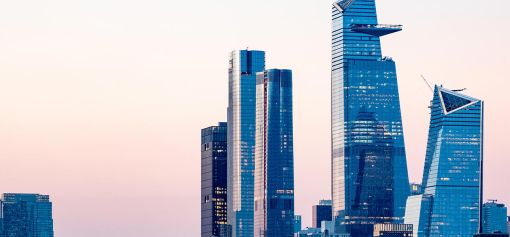The Problem - The rate and scale of payments fraud continue to increase exponentially.
Fraudsters evolve as fast, if not faster than, payments rails and processes. Business Email Compromise saw a 15% increase in attack frequency quarter over quarter in 2020 alone. And don’t underestimate the vast increases in account-based fraud schemes seen throughout the pandemic, such as credential stuffing and new account fraud.
In this dynamic landscape, every organization needs to assess whether they have the right tools in place to keep pace with emerging fraud threats. But beyond that, organizations need to ensure that those tools are flexible enough for a rapidly changing landscape without taxing already limited investigative and IT resources.
You can’t avoid tuning your fraud and financial crime systems, but you can ensure that all tuning is done to provide the best protection against fraud while limiting the impact on your resources.
The Solution - Lower your fraud risk without increasing operating costs with BTune.
Unfortunately, many organizations take a “set it and forget it” approach to their fraud and financial crime solution analytics, too often tuning their system only when a fraud loss occurs. Bottomline provides customers with expert fraud and financial crime analysts to work directly with you to tune our fraud and financial crime solutions.
This approach allows us to tailor our solution to your unique risk tolerance so you only see the most meaningful alerts and feel confident that you’re not missing out on suspicious activity.


